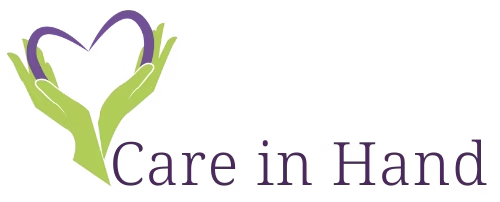In an era when “staying connected” often means a video call or message ping, technology has become not just a convenience, but a vital means of preserving social bonds — especially for older adults. But access and adoption remain uneven. As the digital health era accelerates, it’s time to acknowledge both the power and the pitfalls of tech-mediated connection.
The Promise — Evidence of Social Uplift
Multiple studies show that regular internet use is linked to better mental health among older adults: fewer depressive symptoms, greater life satisfaction, and improved social well-being. (“Internet Use Boosts Mental Health in Older Adults”) Psychiatrist.com
A systematic review on social connection in older people identified that digital communication (video calls, messaging) is among the effective approaches to reduce loneliness and isolation. ScienceDirect
Recent research also shows that older adults are increasingly using digital health tools, online portals, and teleconsultations, which brings them not only medical access but opportunities for interaction and autonomy. PMC+1
Barriers That Still Divide
But it’s not simple or universal. Digital divides persist in Wales, the UK, and globally:
-
Access & affordability: Not everyone has reliable broadband or modern devices.
-
Usability challenges: Interfaces can be poorly designed for vision, dexterity, or cognition.
-
Confidence & ageism: Some older adults internalize the belief that tech is “for younger people.” Health professionals sometimes reinforce this, underestimating older users’ tech potential. PMC
-
Support gaps: Many don’t have someone to teach or troubleshoot.
A study of health technology adoption in older populations found that barriers such as low digital literacy, lack of training, and perceived complexity are major inhibitors. BioMed Central
Qualitative work with caregivers also shows frustration when devices fail or need maintenance. ScienceDirect
Real Stories, Real Impact
Consider Mrs. Evans, an 82-year-old widow in rural Wales (hypothetical composite). After hesitating for months, she now joins a weekly WhatsApp “tea and chat” with her grandchildren. On days when she feels down, hearing their voices gives her purpose and energy.
Or take Mr. Williams, who used to feel cut off from church events; he now logs into a livestream of Sunday services and has even recorded a reading to send to others in his social group.
These anecdotal examples echo a broader trend: tech becomes a social lifeline when human connection is otherwise distant.
Principles for Strong Digital Connection
To make “staying connected” effective and meaningful:
-
Prioritise training & confidence building
Offer gentle onboarding, peer teaching, and repeated practice rather than giving devices and expecting users to dive in. -
Design for user context
Simple interfaces, large icons, clear labels, voice prompts, and consistent navigation help. It’s not about dumbing down — it’s about clarity. -
Blend offline and online
Tech should augment, not replace, human touch. Community visits, telephone check-ins, and socially distanced meetups remain vital. -
Foster digital communities
The best connections happen when users share interest — book clubs, hobby groups, faith groups moving partly online help sustain motivation. -
Ensure privacy, choice & control
Users should decide who can see their status, when they’re online, and when to pause. Consent is key.
Looking Ahead: Smarter Social Tech
Emerging tools aim to deepen connection:
-
Conversational agents & voice assistants: used not just for reminders but companionship or conversational stimulation. But acceptance is mixed — older adults worry about loss of control and privacy. arXiv
-
Explainable interfaces in health tools: research is exploring how to make e-health systems more transparent and trustworthy in older populations. arXiv
-
Sensor-based ambient communications: systems that detect that someone hasn’t moved or called, prompting check-ins. One project monitors “abnormal patterns” and gives explanation dialogues to users and caregivers. arXiv
In the push toward digital-first things, we must guard that connection doesn’t become disconnection in disguise. For carers and older adults, these tools can be bridges — but only if implemented thoughtfully, inclusively, and with respect for autonomy.
In your community, consider pairing a tech session with a social “buddy” system. The first step isn’t downloading an app — it’s feeling safe enough to try.
